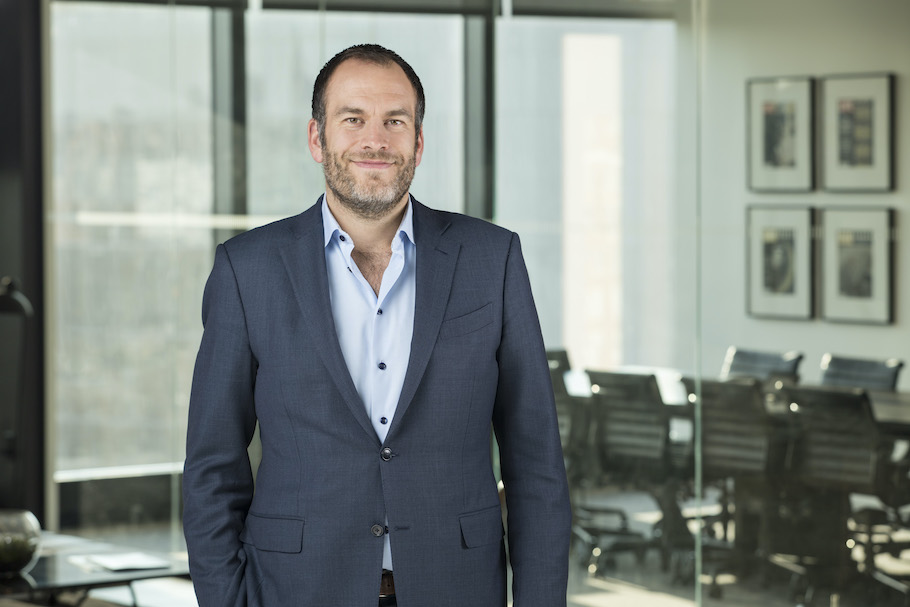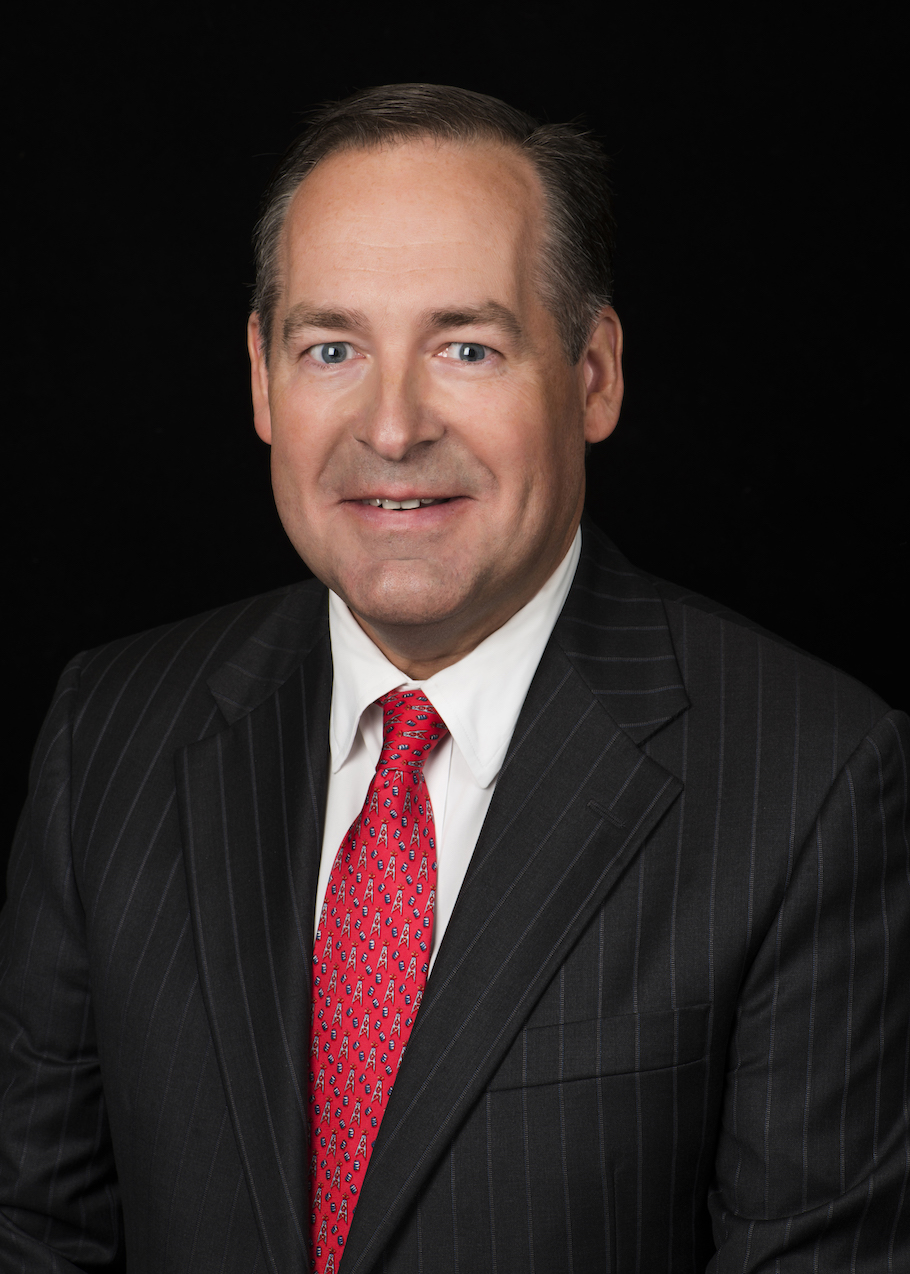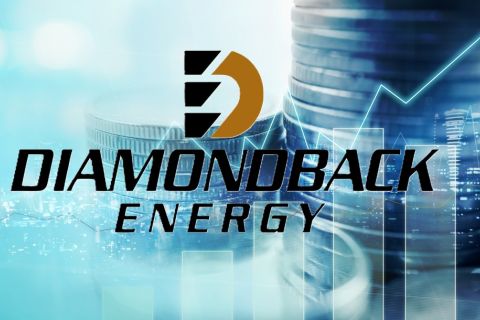Follow the money. In relation to private equity investment in the independent upstream sector, the classic guidance from detective stories is also the key to understanding why investors are strongly in support of ESG performance for oil and gas producers.

“Our philosophy is that good ESG contributes to good operating performance and good financial performance,” said Benjamin Dell, who is a managing partner of private equity firm Kimmeridge as well as chairman and interim CEO of Civitas Resources. “You can’t decouple those things. We take it very seriously that ESG performance is our license to operate. There is a natural link. ESG performance is part and parcel of operations, and we consider it an operational line item. Emissions are a line item cost no different than water disposal costs or ad-valorem taxes.”
Civitas claims primacy as “Colorado’s first carbon-neutral energy producer.”
In that context, ESG performance is very much a factor in evaluating acquisitions.
“ESG reporting is evolving,” Dell said. “High-quality emissions data is difficult to document. Is it real time? Is it measured or calculated? For most people selling assets, high-quality, real-time, measured data that can be authenticated is not readily available.”
ESG is also increasingly important in exit strategies.
“When we sell, we like to believe we are handing over assets that are effectively net-zero at the point of sale,” Dell said. “We also think about to whom we are selling. It becomes a consideration if we are potentially selling to a company that might not be as well capitalized or committed to the same ESG standards.”

Dell stressed that while Kimmeridge has not been in that situation, he is aware of others in the industry that have been.
He also noted that Kimmeridge has directionally been an acquirer of assets in recent years. Through Civitas, one of its largest investments, the company has demonstrated its ESG philosophy.
“Civitas has been consolidating the D-J [Denver-Julesburg] Basin and bringing assets under their net-zero umbrella, while also committing to plug and abandon other orphaned wells, whose cleanup would otherwise be the responsibility of the state.”
From acquisition to exit and operations in between, Dell has stated categorically that “net zero will become a competitive advantage. It will be a way for investors and operators to differentiate themselves.”
Looking further up the capital flow
“Our LPs generally do not have overly specific restrictions or preferences in terms of ESG performance or reporting at this point,” said Doug Swanson, managing partner at EnCap Investments. “But it is clear they do want to see some type of ESG reporting feature. Our annual sustainability report provides the information that we believe is of greatest importance to our stakeholders. We have now generated two sustainability reports, and feedback thus far has been positive.”

While results are far from conclusive or comprehensive, some studies have shown that companies that maintain meaningful ESG performance also yield better financial performance. Some private equity firms acknowledged an anecdotal relationship, but most suggested the linkage was axiomatic: firms that are managed soundly and operate efficiently will perform well in all areas.
“Companies that are focused on maintaining best-in-class ESG standards are also likely to be the same companies who are driven to be top quartile in every aspect of their respective business,” said Swanson. “Throughout EnCap’s 34-year history, we have found that partnerships with the best and most sophisticated management teams are fundamental drivers behind our success.”
While current performance is important, the exit strategy is always in mind from the start of any investment.
“The ultimate acquirers of our businesses are generally large publicly traded companies,” Swanson said. “When those public companies announce acquisitions, they are now not only highlighting how it is accretive from several different operational and financial metrics but are also commonly emphasizing how the acquisition affects their company-specific ESG practices. Our goal is to build companies that will be accretive to any public acquirer from an ESG standpoint.”
The increase in sustainability reporting has been the biggest trend lately to establish ESG credentials.
“We believe our companies have a good story to tell,” Swanson said. “So the onus on us is to tell this story—to choose the right metrics to report on, to report information accurately and to put reporting details in the proper context. It is also important for us to recognize that investors’ need for information will change over time. We try to be flexible and to receive and incorporate feedback as we progress on our ESG journey.”
More formalized but not new
There is also a case to be made that while ESG is clearly getting much attention, performance in those areas is not necessarily new.

“Our limited-partner base is made up of U.S. endowments, foundations and pension plans,” said Frost W. Cochran, managing director and founding partner of Post Oak Energy Capital. “They have always done their due diligence to make sure they are investing through prudent investment managers. Over the last several years, they have wanted to better understand our policies and our portfolio company policies regarding ESG. To date, there has not been standardization around ESG reporting or performance expectations from our limited partners.”
That said, Cochran added that the elements of an ESG score “have always been relevant in investment decisions based upon the institutional investor base that we represent. So ESG considerations might be more formally identified now, but they were already part of our investment underwriting process.”
For Post Oak, ESG considerations affect entry decisions more than exit strategies.
“There are areas where we would not invest capital because the exit would be more difficult based upon the attributes of an asset,” Cochran said. “We have started to see that public companies are more focused on acquiring assets that have [been] managed by portfolio companies that are top-tier operators.”
Those top-tier operators are doing a better job of differentiating themselves, Cochran noted.
“Companies are putting more policies and procedures in place and beginning to benchmark against a set of key performance indicators that they can track on an annual basis,” he said. “As mentioned, many of the elements of ESG have been a part of active management for years so companies are working to formalize those procedures for measuring and reporting. Most of the management teams that we invest with received extensive training at majors and [are] super independents that are safety and environmentally conscious, [and] the culture of continuous improvement is embedded in their DNA.”
Recommended Reading
Exxon, Chevron Tapping Permian for Output Growth in ‘24
2024-02-02 - Exxon Mobil and Chevron plan to tap West Texas and New Mexico for oil and gas production growth in 2024, the U.S. majors reported in their latest earnings.
Hess Corp. Boosts Bakken Output, Drilling Ahead of Chevron Merger
2024-01-31 - Hess Corp. increased its drilling activity and output from the Bakken play of North Dakota during the fourth quarter, the E&P reported in its latest earnings.
Petrie Partners: A Small Wonder
2024-02-01 - Petrie Partners may not be the biggest or flashiest investment bank on the block, but after over two decades, its executives have been around the block more than most.
CEO: Magnolia Hunting Giddings Bolt-ons that ‘Pack a Punch’ in ‘24
2024-02-16 - Magnolia Oil & Gas plans to boost production volumes in the single digits this year, with the majority of the growth coming from the Giddings Field.
Endeavor Integration Brings Capital Efficiency, Durability to Diamondback
2024-02-22 - The combined Diamondback-Endeavor deal is expected to realize $3 billion in synergies and have 12 years of sub-$40/bbl breakeven inventory.






